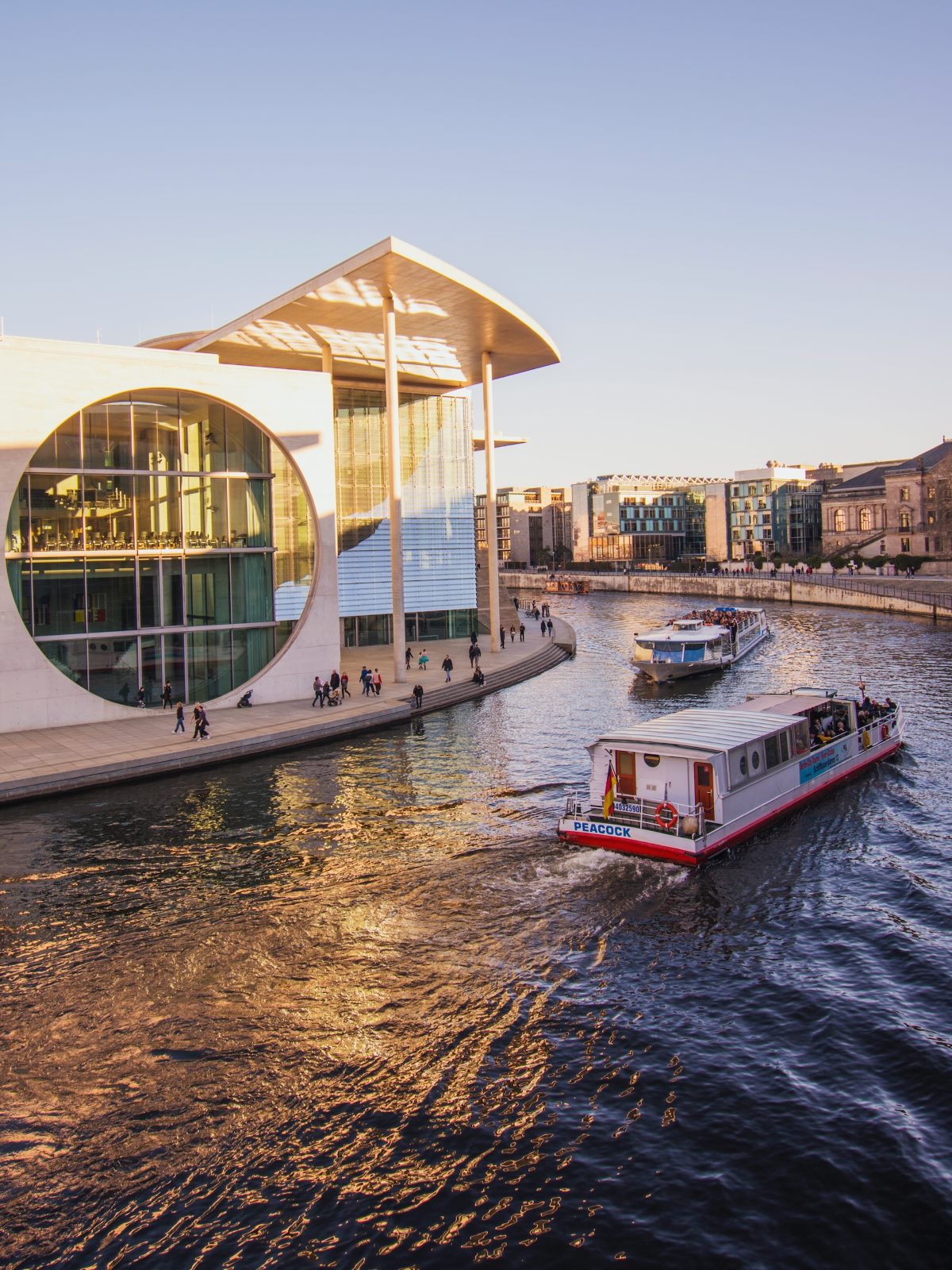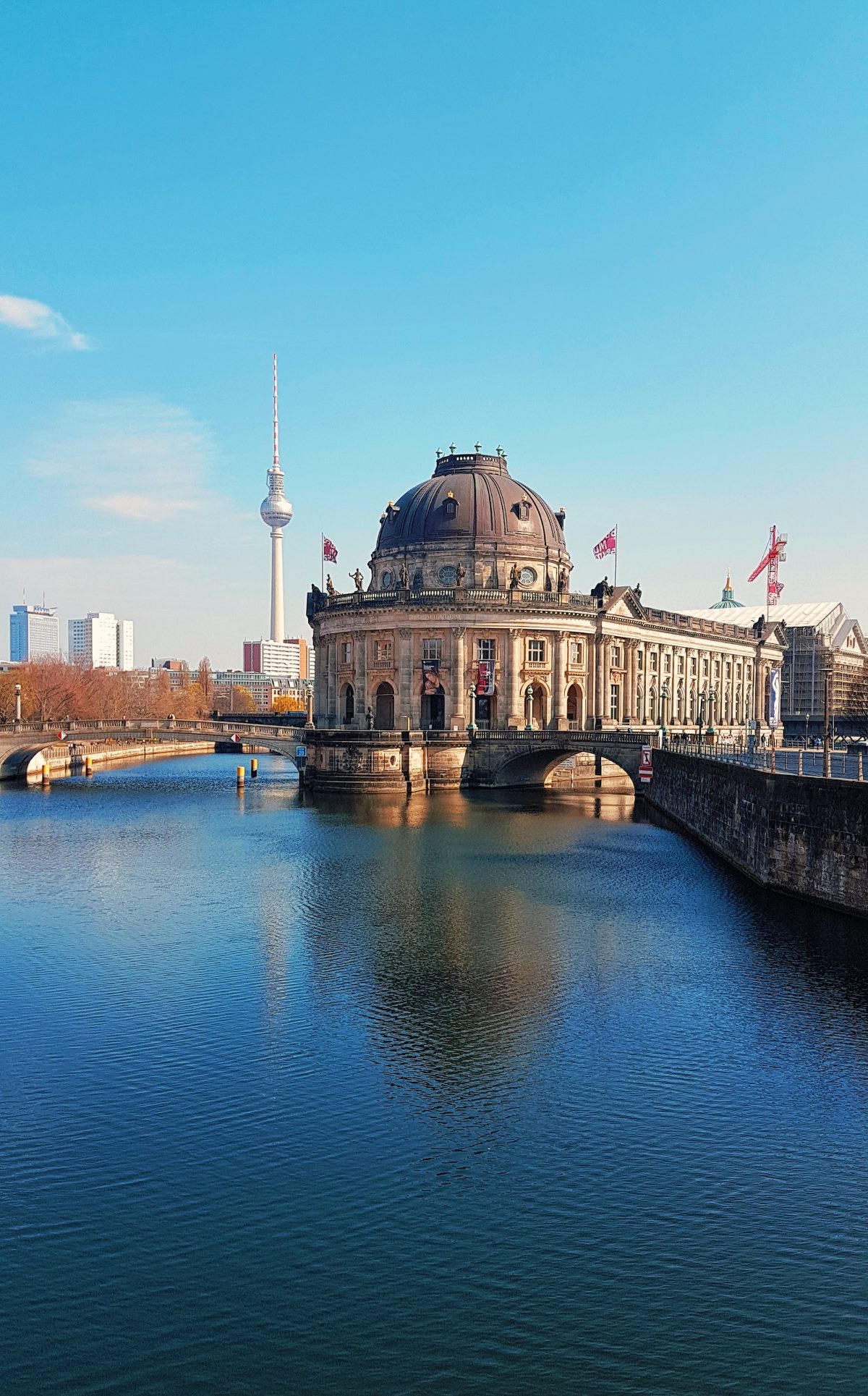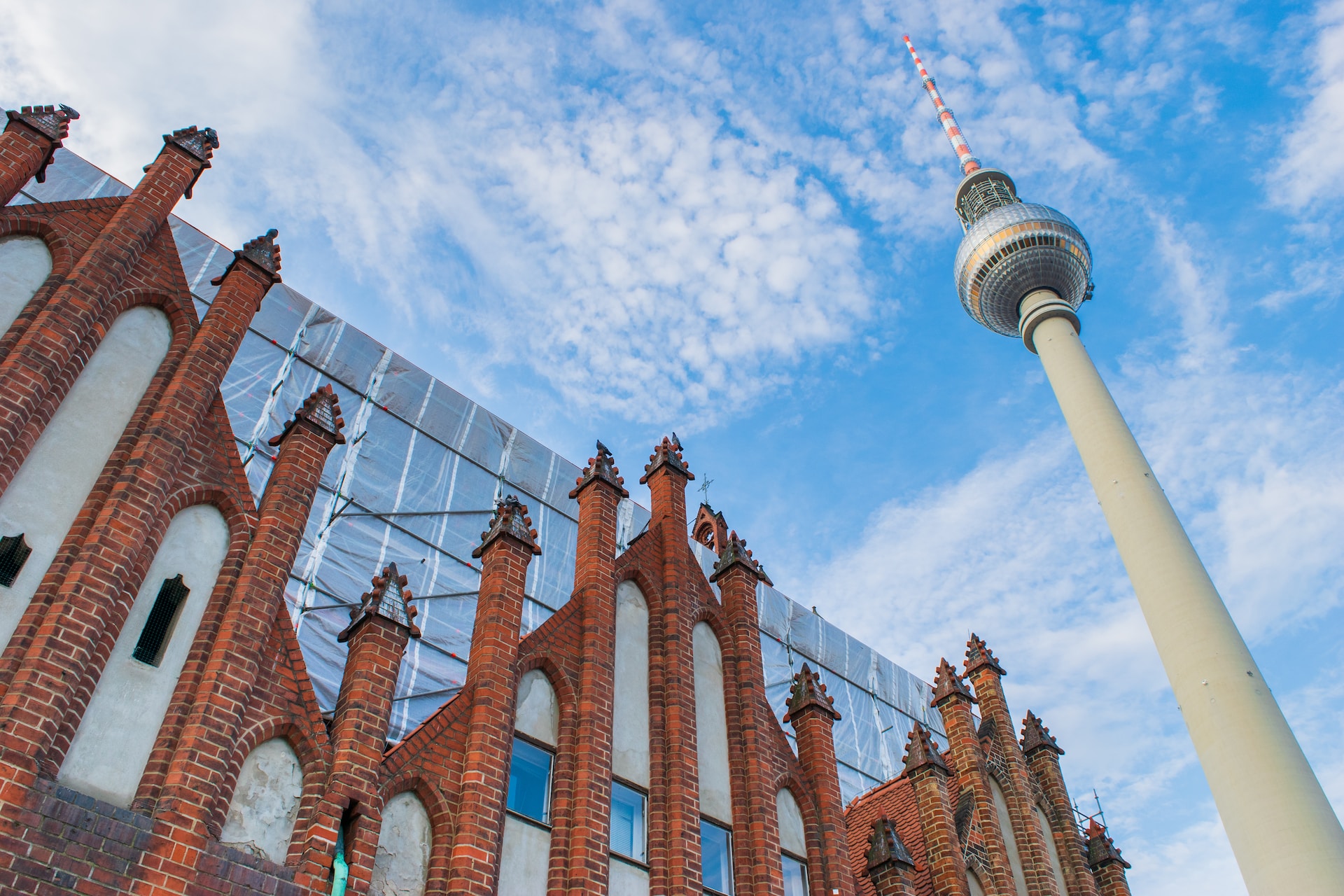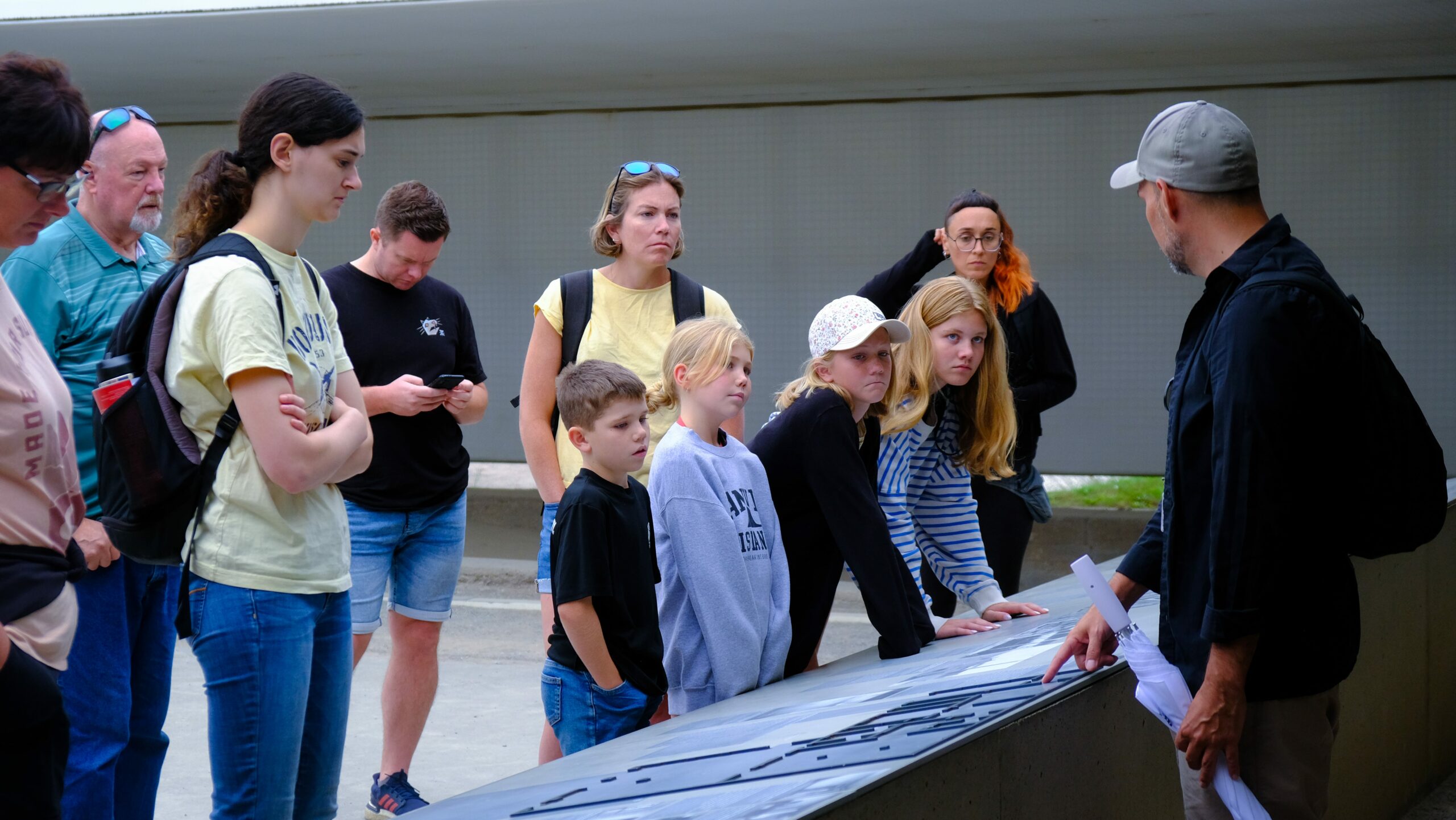The existence of concentration camps represents a black period in human history whose worst phase emerged during World War II. The names Auschwitz Dachau and Treblinka stand as typical examples when people think about concentration camps. The existence of concentration camps beyond Berlin remains an attention-grabbing fact which most people failed to recognize.
What were Concentration Camps?
During the 1930s and 1940s the Nazi regime of Germany started building the first concentration camps. The Nazis created these facilities at first to confine political dissidents among whom they included communist activists and socialist leaders as well as intellectuals. These camps transformed in their usage throughout the duration of time.
Prisoners detained at Nazi concentration camps included both political prisoners with their targeted victims that ranged from religious groups to ethnic fathers and sexual minorities as well as other groups persecuted by the Nazi regime. The facilities maintained a dual purpose: first to cut off detainees from the outside world then to harm them through brutality until murdering millions of defenseless victims.
Concentration Camps Outside Berlin
Outside the city limits Berlin functioned without acting as a primary destination for holding concentration camps although some were built in neighboring areas. Through these facilities the Nazi state conducted their systematic persecution wave that led to the genocide campaign.
The facility Sachsenhausen operated in Oranienburg as an establishment that lay approximately 35 km north of Berlin. The camp became operational in 1936 and later on inspired the construction of additional concentration camps.
Sachsenhausen represented one of several notorious camps which operated outside Berlin together with Ravensbrück. This facility served as a female detention center which stood in northern Germany at a distance of 90 km north of Berlin.
Sachsenhausen Concentration Camp
Sachsenhausen initially established its purpose to detain political opponents who opposed Nazi leadership. Jews joined homosexual individuals and Jehovah’s Witnesses who became among the targeted groups when the original concentration camp expanded.
At Sachsenhausen concentration camp survivors experienced abysmal conditions through forced labor and beatings besides starvation and medical research. Through hunger-related diseases combined with executions and starvation tens of thousands of people lost their lives.
Ravensbrück Concentration Camp
During the entire Nazi period Ravensbrück operated as the biggest facility to imprison female detainees. The facility retained more than 130,000 women from different prisoner groups who included both political rebels and military partisans and social outcasts rejected by Nazi ideology.
Surviving Ravensbrück presented insurmountable difficulties to prisoners who had to withstand sadistic maltreatment through medical testing and starvation conditions. Soviet army soldiers liberated the camp area in April 1945.
Remembering the Victims
Visitors must dedicate memory to the individuals who suffered in the concentration camps beyond Berlin. These holding facilities maintain their place as memorials to World War II wartime horrors as well as evidence of what happens when extremism and hate take control.
Several memorials together with museums exist at these former concentration camp sites to honor victims through education aimed at future generations. The sites present visitors with thorough documentation of all horrors while recognizing both the victims and those who perished during the past events.
A detailed history exhibition and camp conditions display can be found at the Sachsenhausen Memorial and Museum positioned at its original camp location.
The Ravensbrück Memorial Museum stands at the Ravensbrück camp grounds to preserve the painful stories of all the women who sustained intolerable sufferings there.
Conclusion
Outdoors of Berlin the concentration camps acted as essential locations for Nazi regime persecution and genocide activities. At least two but many more camps served as sites where Nazi forces imprisoned people before killing and exploiting them to death.
The commitment to remember this dark chapter helps us safeguard humanity from its repeated occurrence.
Table of Contents




